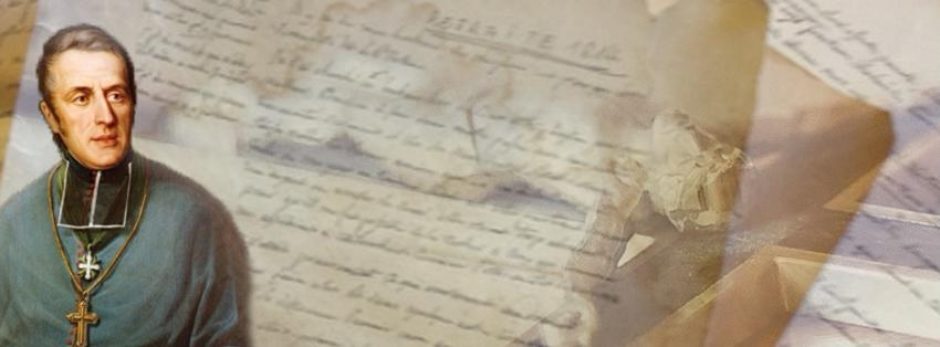In the meantime, this is what the first group of Oblates had been doing in Oregon before the arrival of this second group of three missionaries.
Eugene had surmised:
I do not know if we can count on establishing Christian communities amongst the Indigenous people; in such a case we should leave Providence to act and if God calls upon us to make the faith flourish in this glacial world, we will not lack men ready to consecrate themselves to this ministry.
Letter to Bishop Guigues, 13 April 1850, EO I, n 131
But, despite the odds against them, they did succeed. Beginning in 1847 they built a wooden chapel and house at the meeting of the Yakima and Colombia Rivers. They dedicated this mission to Saint Rose of Lima. The place chosen for the Saint Rose mission proved unsuitable because of the lack of timber for building and of arable land. Besides, there was no Amerindian encampment in that place and the Oblates did not stay long. In the meantime Father Ricard made a foundation on the south shore of Puget Sound bay.
Beginning in 1848 and 1849, Fathers Chirouse and Pandosy together with Brothers Blanchet and Verney, founded three other missions about 50 kilometres from one another “at the request of the chiefs of small Yakima tribes numbering about 150, or 200, or at most 300 each” as Father Ricard wrote to Father Faraud on February 10, 1852. At each place the missionaries built a small poor chapel. When they arrived in the region there was “neither parish, nor mission, not chapel, nor house.”
https://www.omiworld.org/lemma/oregon-united-states-1847-1860/
Ron Young (p. 85): “Saint Rose, Immaculate Conception, Saint Joseph and Holy Cross in the diocese of Walla Walla were little more than wilderness huts, sparse and uninviting. It would take time before they could be built up into anything resembling more than a one-man hovel. However, the locations were well chosen for encountering the native peoples of the area. Further, Father Chirouse showed great initiative by following Kamiakin’s tribe to their winter retreat and establishing another mission there in order to continue the evangelization he had begun. In this way, he adapted the location of the mission to the lifestyle of those he was sent to serve.”
REFLECTION
“If you can’t fly then run, if you can’t run then walk, if you can’t walk then crawl, but whatever you do you have to keep moving forward.” – Martin Luther King Jr.

There is a certain amount of joy that rises within us when we are reminded of those men who endured incredible hardships and yet who persevered and dared to become agents of our crucified and resurrect Saviour. They were not just agents of conversion of the Indigenous Peoples of these lands we live on because they allowed ongoing conversion within themselves. And of course they also shared that way of being, of breathing in and out with those who they were sent to serve.
This has been my own ongoing experience as I journey with the Oblate Charismatic Family. And there is joy in experiencing who we are, where we come from and how we stand not just in St. Eugene’s light but also in the light of all his sons and daughters.
“…In so doing, we risk finding ourselves among the marginalized of our community, our society and our church, taking our place among the poor and the powerless, walking with those who, like us, hold within themselves tremendous beauty, strength and gifts as well as weaknesses, brokenness and limitations, that together we may help one another experience the love of God…” (from OMI Lacombe Canada Province Mission Statement) I imagine that Fr. Chirouse discovered this as he made another mission at the Kamiakin’s tribe in their winter retreat.
This how we face and overcome the many struggles and challenges of living our oblation to God, the Church, before and with our brothers and sisters and within our own hearts.
While I no longer seem to be able to run, I continue to move forward with the smallest of steps: it is only in my heart that I seem to be racing…
This how we face and overcome the many struggles and challenges of living our oblation to God, the Church, before and with our brothers and sisters and within our own hearts.
While I no longer seem to be able to run, I continue to move forward with the smallest of steps: it is only in my heart that I seem to be racing…